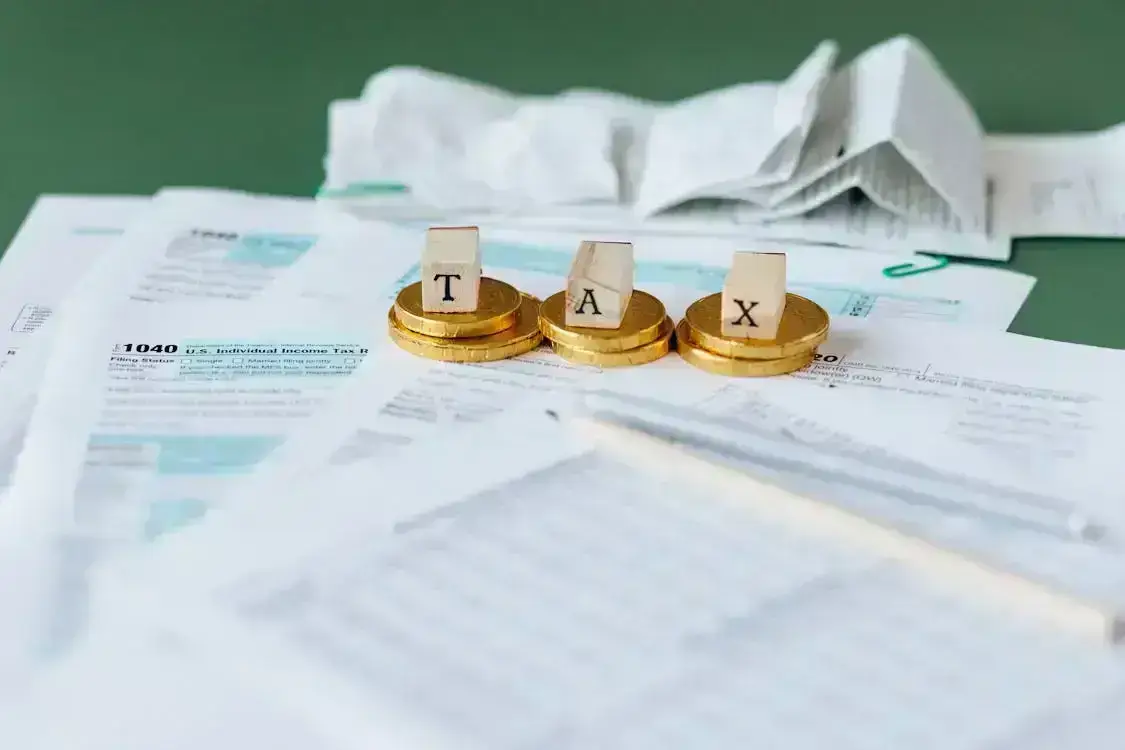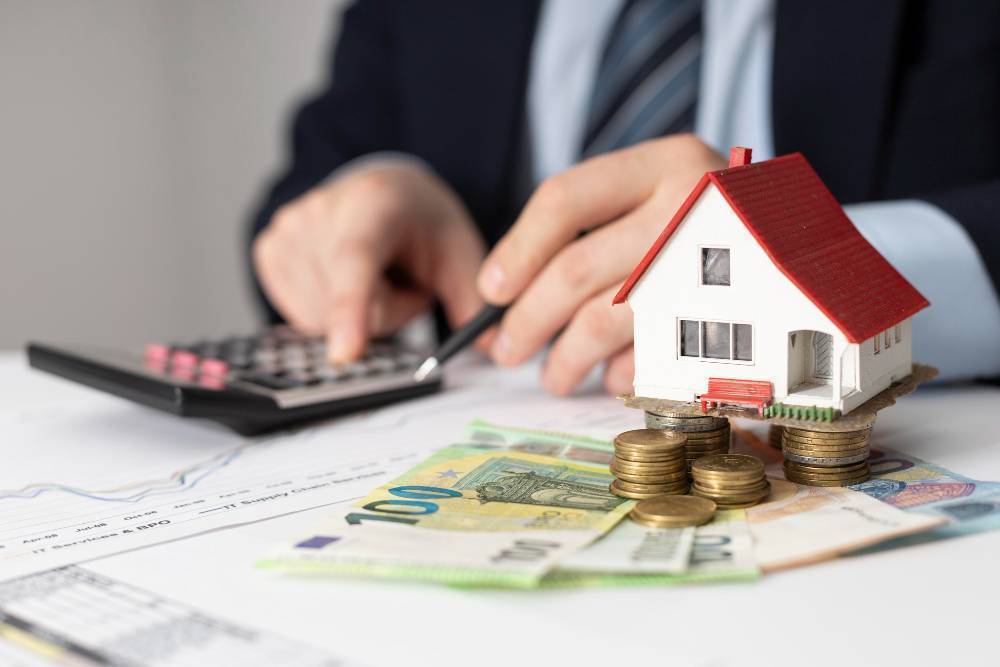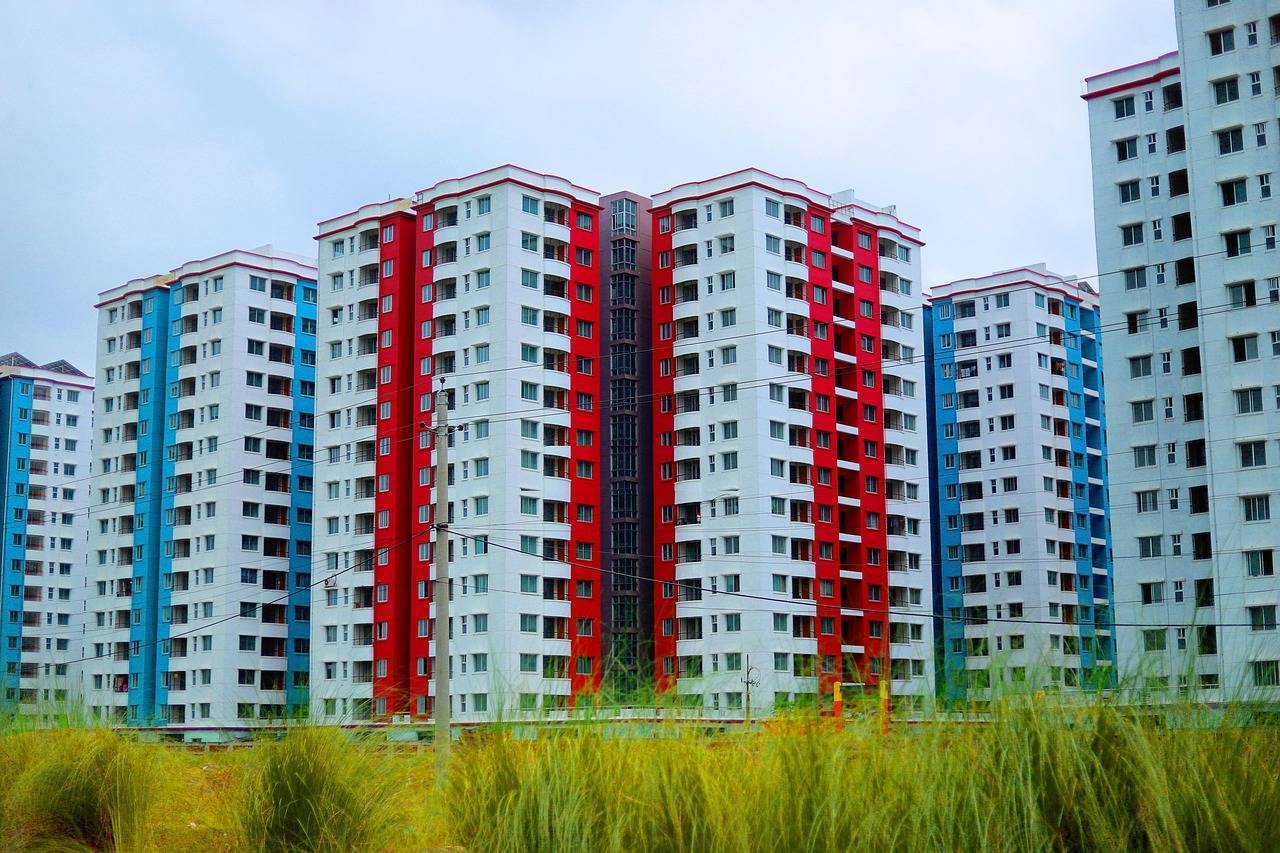The Brihanmumbai Municipal Corporation (BMC), the civic body responsible for governing Mumbai, has announced a significant update in property tax rates effective from the financial year 2025-26 (FY26). Due to an increase in the ready reckoner rates — the government’s benchmark for property values — property tax slabs have been raised by an average of nearly 15-16%. However, the tax exemption for flats below 500 square feet, a relief measure introduced in 2022, continues to be in effect, providing relief to thousands of small flat owners across the city.
Background: The First Property Tax Revision in Nearly a Decade
The BMC’s property tax structure remained unchanged since its last revision in 2015. A planned hike scheduled for 2020 was deferred due to the COVID-19 pandemic and the resulting economic uncertainties. Now, after nearly ten years, the Mumbai civic body has implemented this mandatory revision following the update of ready reckoner rates.
According to Section 154 (1C) of the Mumbai Municipal Corporation Act, 1888, the capital values of properties must be reassessed every five years. This reassessment typically leads to an upward revision in property tax calculations since the tax base is directly linked to property values.
What Are Ready Reckoner Rates?
Ready reckoner rates are the official guidelines issued by the state government to determine the minimum value at which properties in various localities are assessed for sale and purchase. These rates act as a benchmark for calculating property tax, stamp duty, and registration fees. The increase in ready reckoner rates reflects the appreciation of real estate values in Mumbai, driven by factors such as inflation, rising demand, and urban development.
The revision in ready reckoner rates for FY26 has automatically pushed up the capital values, causing an increase in property tax even though the tax percentage slabs or structure have not changed.
According to the BMC statement, there has been no change in the property tax structure or rates; instead, the increase is purely due to the higher base capital value of properties. To illustrate, if a property owner previously paid ₹50,000 annually, the new tax is expected to cross ₹57,500, reflecting an average hike of about 15-16%.
This rise impacts over 4 lakh housing societies in Mumbai, as property tax bills are individually issued to flat owners. The increase will affect most property owners across the city, raising their annual maintenance costs and overall property-related expenses.
Exemption for Flats Under 500 Sq Ft Remains
The Maharashtra government had introduced a significant exemption for flats smaller than 500 square feet in 2022. This exemption continues to hold, as clarified by the BMC. Flats below this size threshold will not be subjected to any property tax levy.
This decision was aimed at supporting low and middle-income residents, who generally occupy smaller homes, and to encourage affordable housing in Mumbai. It is estimated that this exemption saves citizens approximately ₹460 crore annually, easing the financial burden on thousands of small flat owners.
Garbage Fee Deferred Amidst Tax Increase
Alongside the property tax increase, the BMC had also proposed a new solid waste management fee — commonly referred to as the garbage tax — intended to cover the costs of daily collection and disposal of solid waste from homes, commercial, and industrial establishments.
The proposed garbage fee was set to range between ₹100 and ₹7,500, depending on the size and nature of the property. However, in response to concerns over the increased financial load on residents due to the property tax hike, Maharashtra’s Chief Minister Devendra Fadnavis and Deputy Chief Minister Eknath Shinde decided to defer the introduction of this fee.
The deferment highlights the government's attempt to balance revenue needs with public sentiment during a time when residents are adjusting to higher property tax bills.
Why Property Tax Revision Is Necessary?
Property tax is the primary revenue source for the BMC and funds essential services such as sanitation, road maintenance, water supply, and public health initiatives. As Mumbai’s property values appreciate due to ongoing urban development, infrastructure projects, and inflation, it is crucial for the municipal corporation to revise tax values periodically to meet growing expenditure requirements.
The revision ensures that the municipal body can generate adequate funds to maintain and improve city services, which are vital for the functioning of one of India’s largest and most populous metropolitan areas. The reaction from Mumbai’s residents has been mixed. Some property owners acknowledge the need for regular tax revisions to support civic infrastructure and services, especially in a growing metropolis like Mumbai.
However, many express concern over the financial burden the increase imposes, especially on middle-class families and retired residents who may have fixed or limited incomes. The continuing exemption for flats under 500 sq ft and the postponement of the garbage tax are seen as positive measures to ease some of this burden.
What Property Owners Should Do Next?
Flat owners in Mumbai should carefully review their new property tax bills to ensure the accuracy of calculations, particularly in relation to exemptions for smaller flats. Property owners should also stay informed about any further changes in tax policy or municipal fees that might affect their annual expenses.
Engaging with local housing societies and municipal offices can provide clarity on assessment procedures and help in addressing any discrepancies in tax bills.
Mumbai remains one of the most expensive real estate markets in India, with limited land availability and growing demand pushing property prices upwards. The rise in ready reckoner rates reflects this reality and affects not just property taxes but also transaction costs like stamp duties. This tax revision is part of a broader trend reflecting the city’s rapid urbanization and the government’s efforts to align tax revenues with the economic realities of its property market.









